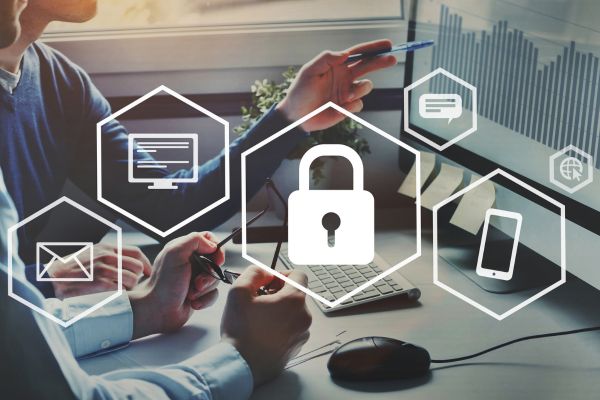In today’s hyper-connected world, email has become an integral part of our personal and professional lives. With billions of emails sent daily, it remains one of the most common targets for cybercriminals. As threats evolve and hackers become more sophisticated, understanding email security tips for individuals has never been more crucial. Whether you are managing sensitive personal information or communicating with colleagues, safeguarding your email account is essential for protecting your privacy and digital identity.
The Rising Importance of Email Security
Over the past decade, cyberattacks targeting individuals through email have increased dramatically. Phishing scams, malware attachments, and identity theft are just a few examples of the risks lurking in your inbox. Email is often the gateway to other online accounts, making it a high-value target for attackers. Therefore, learning practical email security tips for individuals can help you stay ahead of these threats and maintain your peace of mind.
Create Strong and Unique Passwords
A strong password is your first line of defense against unauthorized access. Many people still use weak or repeated passwords across multiple platforms, making it easier for hackers to compromise their accounts. Instead, opt for a complex combination of letters, numbers, and special characters. Avoid using personal details such as birthdays or names, as these are easy to guess. Changing your password periodically further reduces the risk of intrusion.
Enable Two-Factor Authentication for Added Protection
Two-factor authentication, commonly referred to as 2FA, adds an extra layer of security beyond your password. Even if your password is stolen, 2FA requires a second verification step, such as a code sent to your phone or an authentication app. This makes it significantly harder for attackers to gain access to your account. Many major email providers now offer this feature, and enabling it should be a priority for anyone serious about email security.
Be Cautious with Email Attachments and Links
Email attachments and links are frequent vehicles for malware and phishing attacks. Cybercriminals often disguise malicious files as legitimate documents or embed harmful links within convincing messages. Before opening any attachment or clicking on a link, verify the sender’s identity and look for signs of suspicious activity. If you are unsure about an email’s authenticity, contact the sender directly through a trusted channel to confirm.
Recognize Phishing Attempts and Fake Emails
Phishing remains one of the most prevalent email-based threats. Attackers craft emails that mimic legitimate companies or individuals, aiming to trick recipients into revealing sensitive information. Watch for red flags such as generic greetings, spelling errors, urgent demands, or unfamiliar sender addresses. Being able to recognize these signs is a key component of effective email security for individuals.
Regularly Update Your Email Software and Devices
Outdated software is a common vulnerability exploited by hackers. Regular updates often include security patches that protect against known threats. Make sure your email application, operating system, and antivirus software are all up to date. Enabling automatic updates where possible ensures you stay protected without relying on manual intervention.
Avoid Using Public Wi-Fi for Accessing Email
Public Wi-Fi networks are convenient but notoriously insecure. Hackers can intercept data transmitted over these networks, including your email credentials. To minimize risk, avoid logging into your email account when connected to public Wi-Fi. If accessing your email is unavoidable, use a reputable virtual private network (VPN) to encrypt your internet connection and safeguard your data.
Secure Your Recovery Options and Account Settings
Recovery options like backup email addresses and security questions play a vital role in regaining access to your account if compromised. Ensure these recovery methods are up to date and secured with the same vigilance as your primary account. Review your account settings periodically to check for any unauthorized changes or unfamiliar devices linked to your email.
Stay Informed About Emerging Threats
The landscape of cyber threats is constantly changing, with new techniques emerging regularly. Staying informed about these developments helps you adapt your email security practices accordingly. Follow reputable cybersecurity blogs, subscribe to newsletters, or participate in online communities dedicated to digital safety. Awareness is one of your most powerful tools against cybercrime.
The Role of Mindfulness in Email Security
Beyond technical measures, developing a cautious mindset is crucial. Before responding to an email or providing any information, pause and evaluate the context. Ask yourself whether the request is reasonable and whether the sender is trustworthy. This level of mindfulness can often prevent falling victim to scams that rely on hurried decisions and emotional reactions.
Conclusion: Taking Control of Your Email Security
As we move further into 2025, the need for robust email security tips for individuals becomes increasingly evident. Cyber threats will continue to evolve, but by implementing strong security practices and remaining vigilant, you can protect your digital life from potential harm. From crafting secure passwords to enabling two-factor authentication and staying aware of phishing tactics, every step you take reinforces your defense. Email security is no longer optional—it is an essential skill in the digital age.

